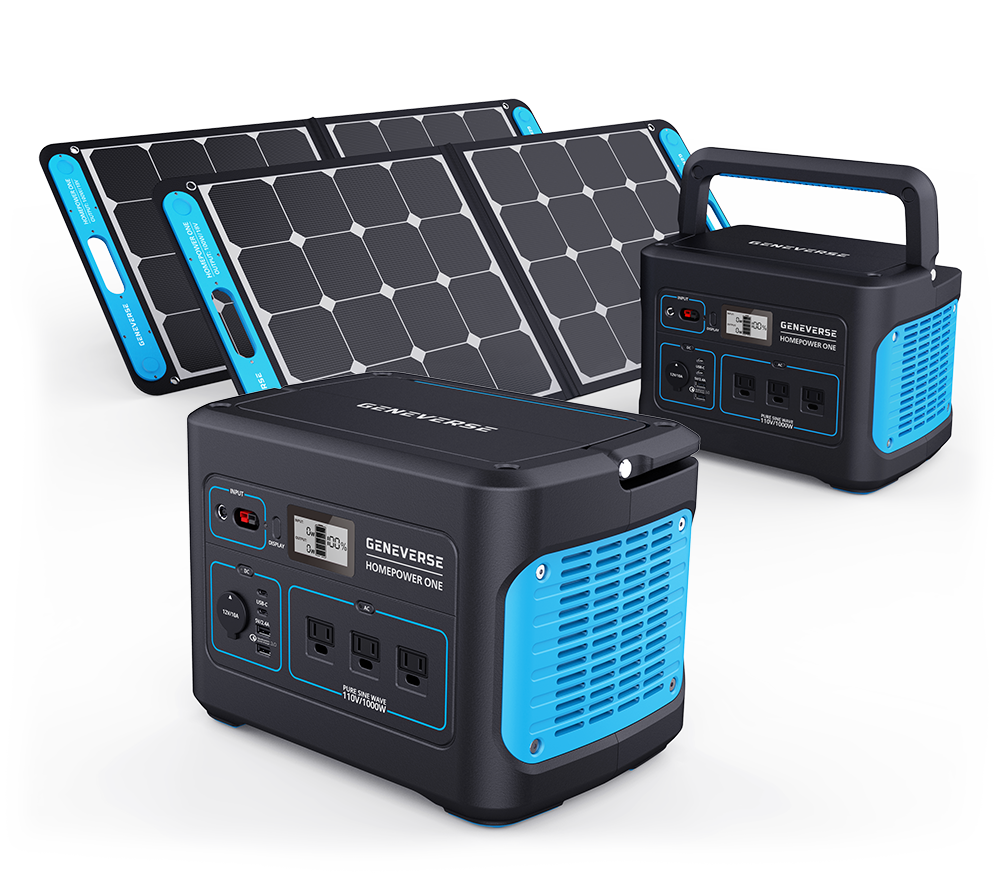If you’re someone who has taken advantage of solar power for a while now, you might be wondering about how to maintain and improve your solar energy system to ensure it gives you optimum results.

One way to improve your solar energy system’s functionality is to replace old or outdated solar panels, which degrade over time and produce less and less power as the life of your solar energy system goes on.
Below, Geneverse goes over what to know and what to do when your solar panels need to be replaced.
How Long Do Solar Panels Last?
Having an idea about how long typical solar panels last will help you gauge your own situation.
In a general sense, solar energy system manufacturers tend to design solar panels to be heavy duty and to last for a long time. The Solar Energy Industries Association (SEIA) asserts that a good solar panel will last anywhere between 20 to 30 years. There are a few extremely well-made solar panels that can last up to 40 years.
Despite this fact, some areas and conditions may cause more damage to the panels over time than other regions and conditions. It’s a good idea to stay on top of monitoring your solar panel quality and performance.

Performance/Output Issues
Performance and output issues can be a surefire sign that your panels need to be replaced.
The Geneverse PowerPillar ESS allows you to check your PowerPillar Mobile App to get a real time view of your system performance. With the PowerPillar app, you can control energy savings preferences, you can evaluate your home energy trends, as well as prevent performance issues down the road with alerts and support options – compatible with iOS and Android devices.
Signs Your Panels Have Seen Better Days
Looking for some telltale signs that solar panels need to be replaced?
One surefire sign your panels need replacing is physical degradation. If your solar panels have become discolored, show burn marks, exhibit broken glass or microfractures, it’s a good idea to have your panels repaired or replaced. Physical wear and tear can come from lamination, panel corrosion, as well as uneven temperature distribution.
Just as a general rule, it’s a good idea to perform an assessment every one or two years when it comes to your solar panels. Once your panels reach about ten years old their output may decrease by as much as 20%.
What to do with Old Solar Panels

Old solar panels can be disposed of in a few different ways. Solar panels often contain valuable materials (such as gallium and indium) as well as potentially harmful materials (such as cadmium and lead) – there are recycling services available to help you get rid of your old solar panels. Some recycling services will pay cash for solar panels or at the very least come take them off your hands.
If your panels are still generating power, you can either donate them to local charities or sell them to a private party – some people working with off-grid systems might not require the same sort of efficiency as a larger solar array.
Reusing or refurbishing decommissioned solar panels offers a short-term solution to the landfill problem. As time goes on, the solar industry will continue to evolve, which might result in better solar panel performance, longer lasting panels as well as more advanced means of refurbishing and recycling.
About Geneverse: Geneverse is the most reliable and cost-efficient source for solar energy. Our PowerPillar ESS integrates solar power, battery storage, not to mention grid and generator power sources that help our customers get the most out of their energy storage investment – all at the most competitive pricing on the market. We craft complete home energy systems that power energy independence rain or shine in addition to portable solar products that provide decentralized power during emergencies and unforeseen circumstances. Learn more about Geneverse and how we can bring protection and security to your family/household by visiting our website today.




Leave a comment (all fields required)